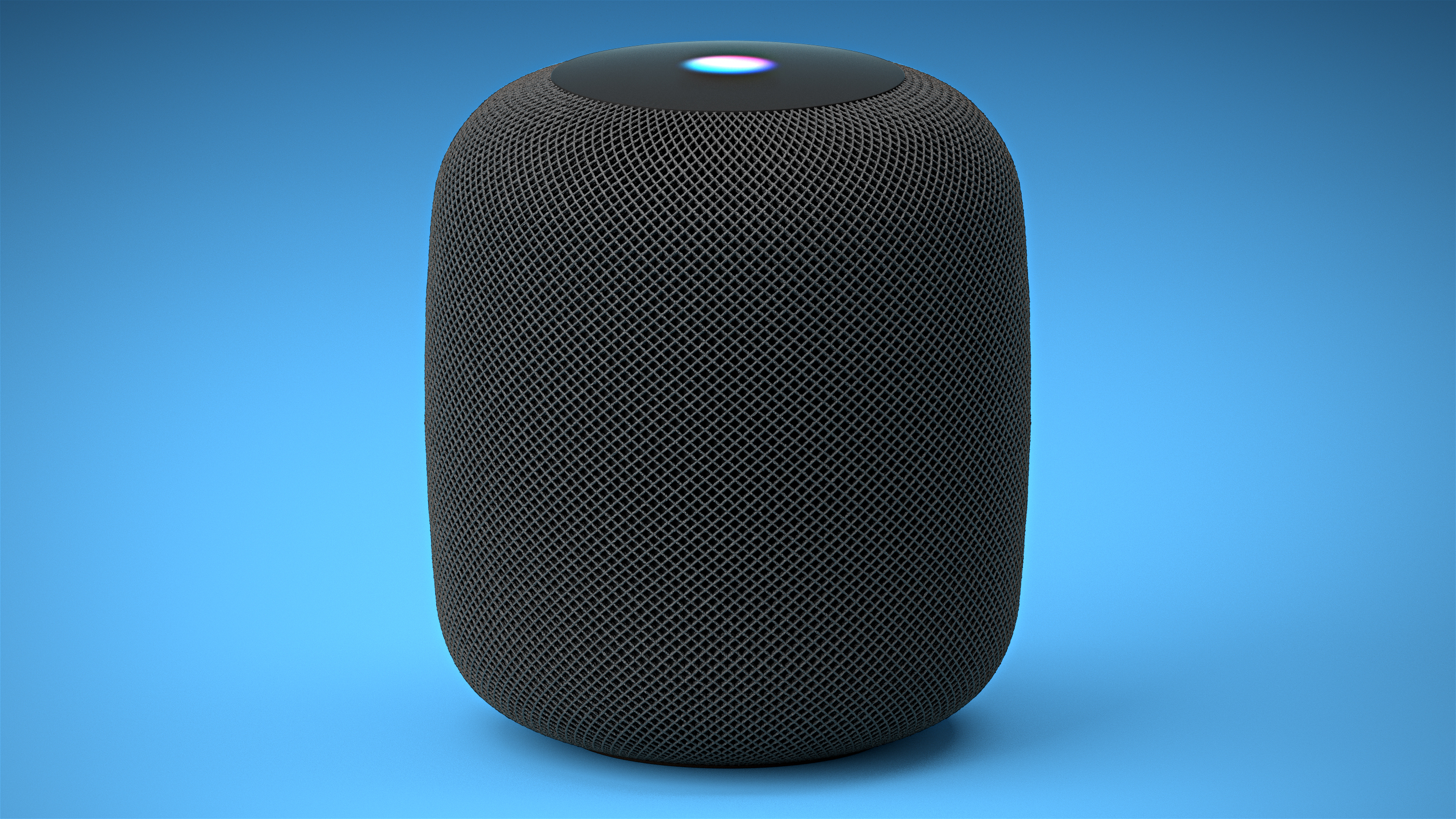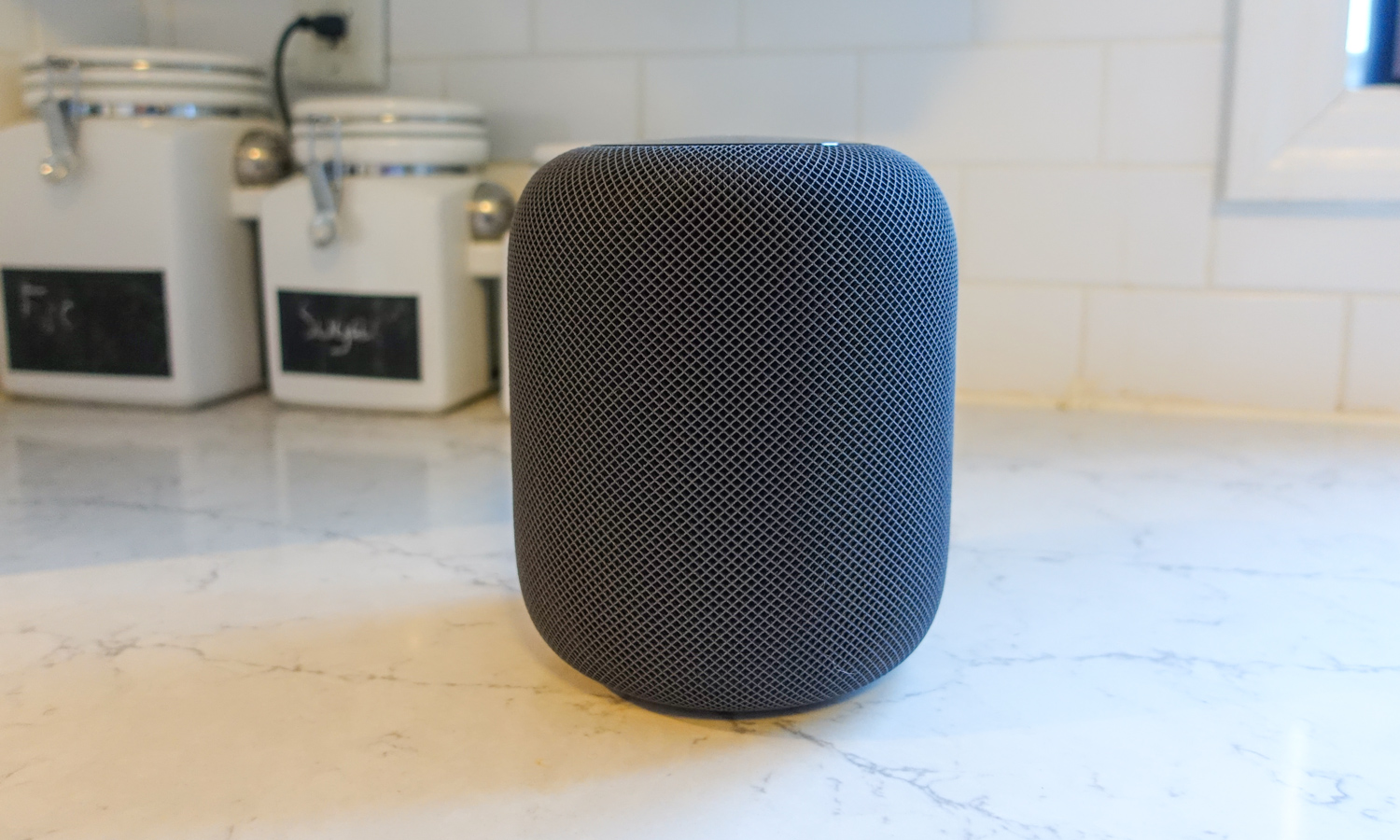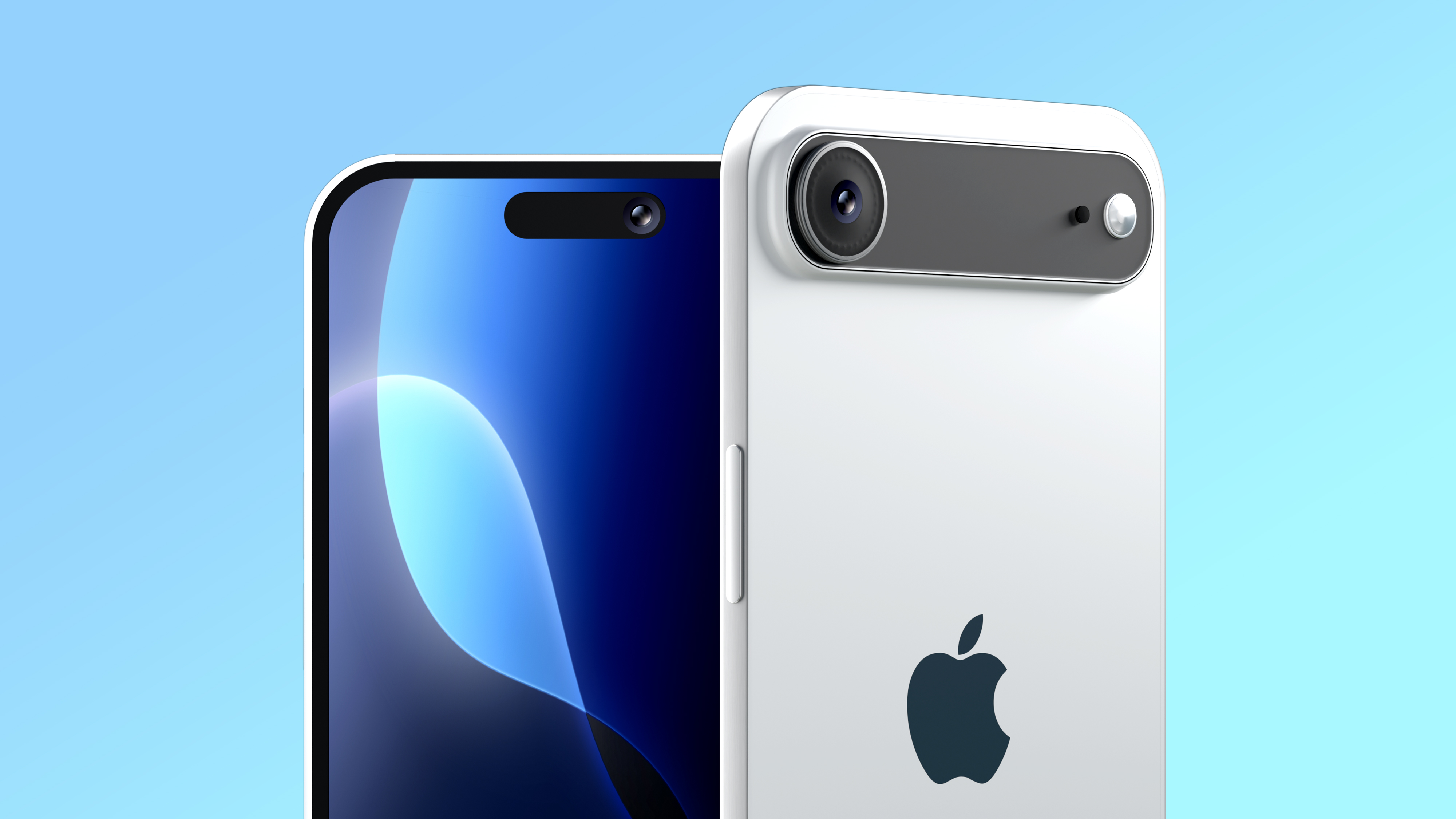Apple AirPods 3 — how the HomePod’s fall could help the new earbuds rise
Apple has lessons to learn from the discontinued HomePod

Here lies the Apple HomePod, 2018-2021. Apple’s first attempt at a smart speaker never gave the impression of something that was doomed to fail — in fact it’s still in our best smart speaker rankings — yet here we are, the HomePod discontinued and only still available until existing stocks run out.
The smaller, cheaper HomePod mini has likely proven successful enough that Apple’s mourning period will be a short one. Still, there are lessons to be taken from the HomePod’s sudden demise. And for all the speculation over the company’s next foray into smart home tech, like the rumored Apple smart display, there’s a much more mainstream product that could benefit: the AirPods 3.
- The best wireless headphones we've tested
- Our picks of the best Bluetooth speakers
Since the AirPods 3 design has seemingly leaked repeatedly, we can assume it's fairly far along, but current estimates tip it for release in the second half of 2021. That's time enough for Apple to apply these lessons from the HomePod, and give the new set of buds its best chance at success.
Pricing matters

Yes, even for Apple. No one expected the HomePod to be cheap, but a $399 launch price was ambitious at best. Next to the $129 Google Home and the $99 Amazon Echo, it was never clear why the HomePod was supposed to be worth so much more. It sounded great, sure, but so did the Sonos One smart speaker, and for a while Sonos would sell you two of those for $349. In other words, less than a single HomePod, with change.
Compare and contrast to the $99 HomePod mini. This is also several times pricier than its closest rivals, the Amazon Echo Dot and Google Nest Mini, but even in competitor-free vacuum it’s still affordable enough to stay within the budgets of a much wider audience. The original HomePod eventually got a price cut to $299, but it was too late: the HomePod mini was cannibalising its own brother on the shelves.
The AirPods 3 probably doesn’t have to worry about a potential “AirPods 3 mini” showing up to steal away sales, but from what we know it’s already in a tough spot on pricing. Word is that Apple is significantly improving features and functionality from the the current Apple AirPods, but a significant price rise would put it in competition with the AirPods Pro. Even as the newer model, that’s a tough fight.
More fundamentally, making the AirPods 3 too expensive risks alienating the enormous user base Apple already built up with the two previous AirPods generations. Some may choose not even to upgrade at all, as the AirPods 3 won’t even have the “all new” quality that the HomePod did as Apple’s first smart speaker.
Don't get outflanked on features

The HomePod launched with a cool sound calibration feature that adjusted playback based on the position of nearby walls, and…that was it, in terms of interesting features. Siri in particular seemed like it wasn’t quite ready for full-time smart home duties: both Amazon’s Alexa and Google Assistant remain able to interface with a much wider range of smart home kit, from thermostats to security systems.
The HomePod also missed out on the clever ultra-wideband handoff feature of the HomePod mini, as only the newer speaker included the requisite hardware.
The AirPods 3 doesn’t need the same emphasis on smart functionality that the HomePod did, even if a growing number of people use their headphone microphones to give smart home commands to a paired phone. The bigger lesson is not to let competitors get ahead on features.
The Samsung Galaxy Buds Pro shows how ambitious Apple’s big rivals have been getting with their own earbuds: it has full waterproofing, active noise cancellation (ANC), an ambient mode that can activate at the sound of the wearer’s voice, seamless switching between multiple paired devices and even an equivalent to Apple’s own spatial audio tech: Samsung 360 Audio.
Sure, a lot of people only buy headphones to listen to music, but the AirPods 3 will need to enlarge its arsenal if it wants to keep up. Rumors suggest Apple is already aware of this, and may be borrowing features from the AirPods Pro: ANC is apparently unlikely, but spatial audio and improved water resistance would both be major improvements on the current AirPods.
Don’t be afraid of third-party help

Smart home compatibility wasn’t the only way in which the HomePod lagged behind Google and Amazon’s efforts. Whereas the HomePod initially only had Apple Music support built-in, for serious music fans this was a losing choice next to rivals’ support for Spotify, Pandora, Amazon Music, iHeartRadio and more.
Keeping things in-house is, of course, the Apple way, and it would be foolish not to expect the AirPods 3 to offer special benefits to iOS device owners. On the current AirPods and AirPods Pro, spatial audio and fast pairing are already limited to iPhones.
Still, Apple loosening its grip a little could make the AirPods 3 a lot more appealing to consumers outside the iOS bubble: the kind who probably wouldn’t pay $700 to switch to an iPhone anyway, but might be tempted by a $159 set of earbuds. It’s not clear whether headline features like spatial audio would work on Android software, but smaller tricks like battery notifications and Headphones Accommodations could feasibly be made available via an app. Apple already has Android apps for Apple Music and its Beats headphones, so it wouldn’t be too much of a departure.
As the next model in an immensely popular product line, the AirPods 3 will have much thicker cushion against sales disappointment than the HomePod ever did. But Apple shouldn’t just look towards past missteps when it’s trying to avoid outright failure — it can take the experience to make good hardware even better, and ultimately more successful.
- More: The best Apple AirPods alternatives right now
Sign up to get the BEST of Tom's Guide direct to your inbox.
Get instant access to breaking news, the hottest reviews, great deals and helpful tips.
James is currently Hardware Editor at Rock Paper Shotgun, but before that was Audio Editor at Tom’s Guide, where he covered headphones, speakers, soundbars and anything else that intentionally makes noise. A PC enthusiast, he also wrote computing and gaming news for TG, usually relating to how hard it is to find graphics card stock.

